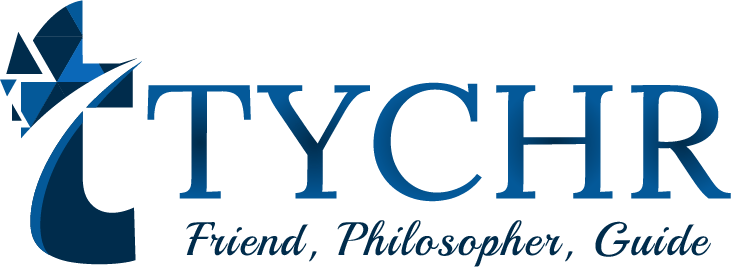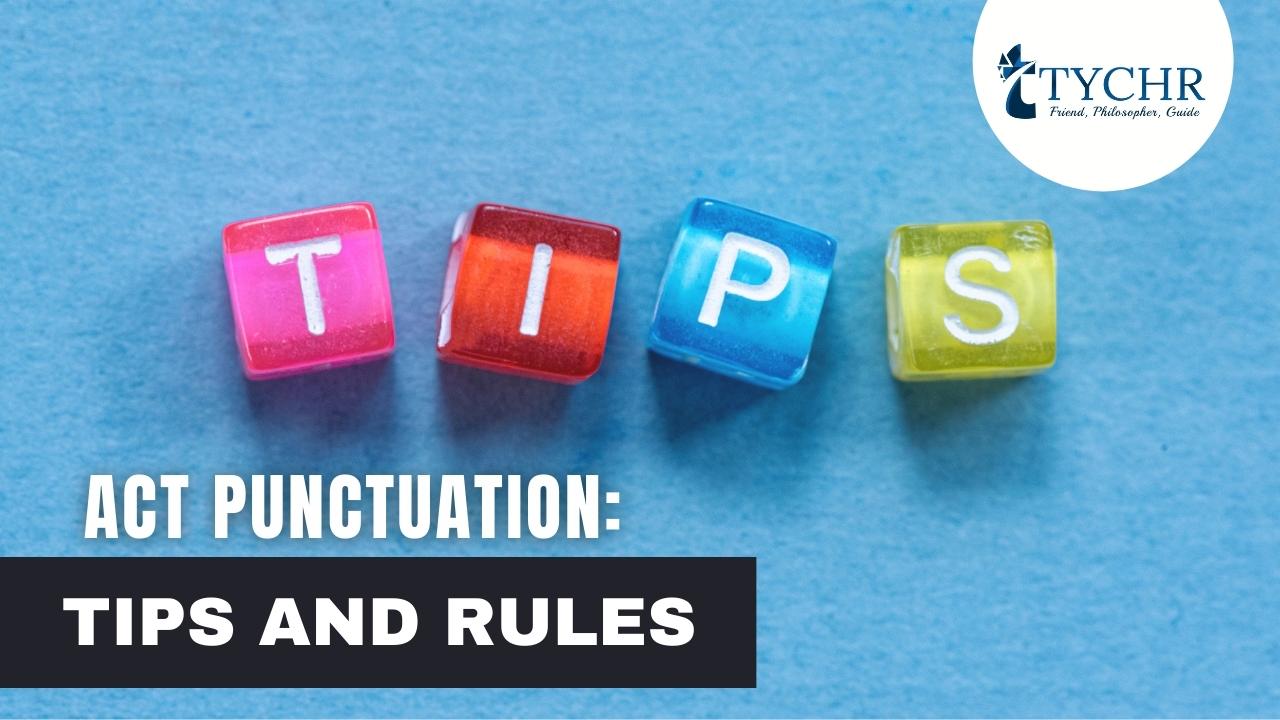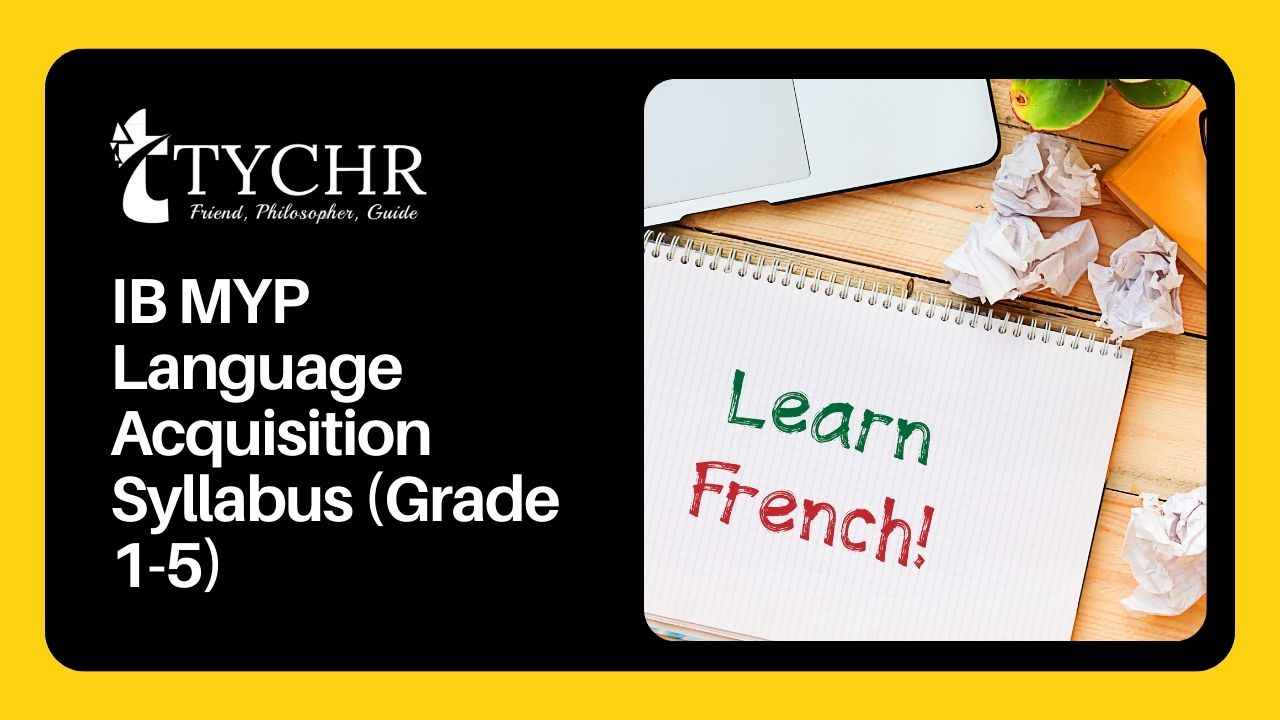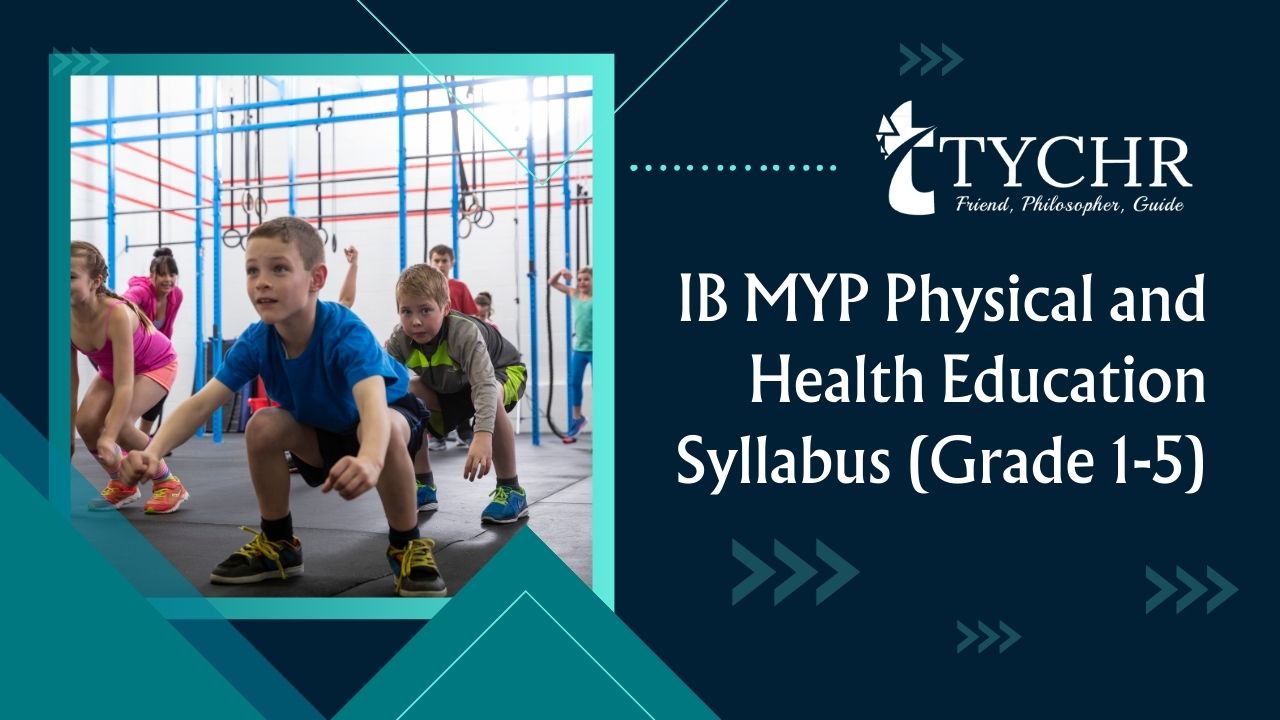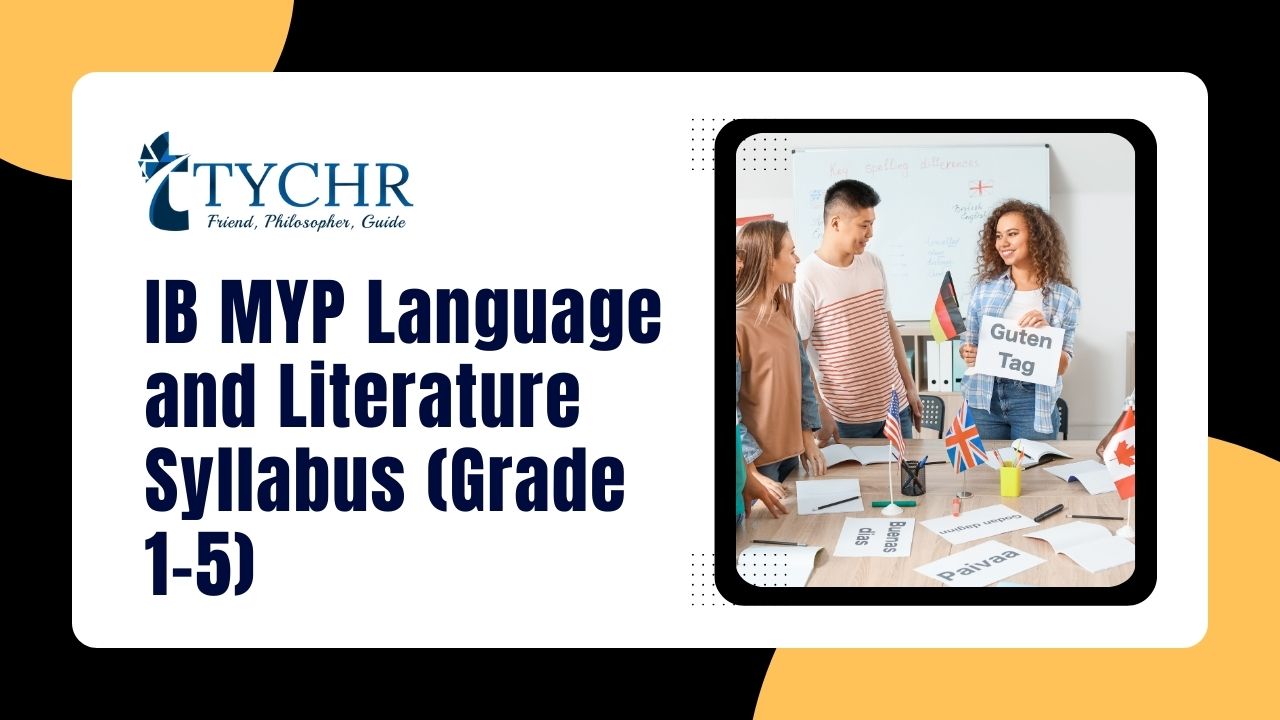Table of Contents
- 1 Introduction to ACT Punctuation
- 2 Understanding the Importance of Punctuation in the ACT
- 3 A. Commas
- 4 B. Semicolons and Colons
- 5 C. Dashes and Hyphens
- 6 Tips for Improving Your Punctuation Skills
- 7 A. Practice with Realistic Examples
- 8 B. Understand Context and Purpose of Punctuation
- 9 C. Use Study Guides and Resources
- 10 Strategies for Mastering ACT Punctuation
- 11 Frequently Asked Questions (FAQs)
- 11.1 Q1: Why is punctuation important on the ACT?
- 11.2 Q2: What are some common punctuation mistakes to watch out for on the ACT?
- 11.3 Q3: How can I improve my punctuation skills for the ACT?
- 11.4 Q4: Are there any punctuation rules that are unique to the ACT?
- 11.5 Q5: How will my punctuation skills be tested on the ACT?
Introduction to ACT Punctuation
Welcome to the wonderful world of ACT punctuation! While it may not be as glamorous or attention-grabbing as some other topics on the test, mastering punctuation is crucial for achieving a high score. You see, punctuation isn’t just about adding fancy squiggles and dots to our writing – it’s all about clarity, precision, and effective communication.
In this blog post, we’ll delve into the ins and outs of ACT punctuation rules. We’ll explore commonly tested concepts like commas, semicolons, colons, dashes, and hyphens. But don’t worry – we won’t drown you in a sea of boring rules! Instead, we’re here to provide you with tips and strategies that will help you tackle these tricky punctuations with confidence.
So buckle up your grammatical seatbelts (see what we did there?), because by the end of this post, you’ll be armed with all the knowledge needed to conquer those pesky ACT punctuation questions. Let’s dive in!
Understanding the Importance of Punctuation in the ACT
Punctuation plays a crucial role in effective communication. It helps to clarify meaning, create pauses, and convey tone in written language. In the context of the ACT exam, mastering punctuation is essential for achieving a high score.
Proper punctuation ensures clarity and coherence in your writing. A misplaced comma or missing apostrophe can completely change the intended message of a sentence. By using punctuation correctly, you can help ensure that your ideas are conveyed accurately to the reader.
Punctuation is an indicator of grammatical proficiency. The ACT assesses not only your knowledge of English grammar but also your ability to apply it correctly. Demonstrating a strong command of punctuation rules can significantly enhance your overall score on this section.
Additionally, punctuation contributes to style and tone within your writing. Whether it’s using colons for emphasis or dashes for dramatic effect, understanding how different punctuations impact tone allows you to craft more engaging and persuasive essays.
Moreover, mastering punctuation on the ACT showcases attention to detail and precision in your work – qualities highly valued by college admissions officers who review these scores as part of their evaluation process.
Also Read: What Is the ACT: Understanding the American College Testing Program
Commonly Tested Punctuation Rules on the ACT
Commas, semicolons, colons, dashes, hyphens – oh my! The ACT loves to throw punctuation questions at you left and right. But fear not! With a little practice and some strategic studying, you can master these commonly tested rules.
Let’s start with commas. One of the most frequently tested comma rules is when to use them in a series. Remember the handy acronym FANBOYS (For, And, Nor, But, Or Yet So)? These coordinating conjunctions often signal the need for a comma before them when used in a list.
Next up are semicolons and colons. Semicolons are great for joining two closely related independent clauses without using a coordinating conjunction. Colons come in handy when introducing lists or explanations.
Now let’s talk about dashes and hyphens. Dashes can be used to set off parenthetical expressions or emphasize important information within a sentence. Hyphens are typically used to join words together or clarify meaning between compound adjectives.
To improve your punctuation skills for the ACT, it’s essential to practice with realistic examples similar to those found on past exams. By familiarizing yourself with different contexts and purposes of punctuation marks through guided practice exercises or online resources like study guides or interactive quizzes.
By mastering these commonly tested punctuation rules on the ACT through consistent practice and understanding their purpose within different contexts will help boost your overall score on this section of the exam!
A. Commas
Commas, those tiny punctuation marks that often go unnoticed, play a crucial role in conveying clarity and meaning in your writing. On the ACT, mastering comma usage is essential for achieving a high score in the English section. So let’s dive into some commonly tested comma rules and how to ace them!
1. Commas are used to separate items in a series: apples, oranges, and bananas.
2. They also come before coordinating conjunctions (and, but, or) that join independent clauses: I studied hard for the test, but I still felt nervous.
3. Don’t forget about introductory phrases! Use a comma after an introductory word or phrase at the beginning of a sentence: However, I managed to finish on time.
4. Comma splices are sneaky little errors you’ll want to avoid; they occur when two independent clauses are joined only by a comma: She loves reading books she can get lost in; it helps her relax.
5. When addressing someone directly within a sentence, commas set off their name or title: Sarah, could you pass me the salt?
Remembering these basic rules will help you navigate through ACT questions related to commas with ease. Keep practicing and applying these rules until they become second nature!
B. Semicolons and Colons
Semicolons and colons are two punctuation marks that often confuse students on the ACT. However, mastering these punctuation rules can significantly improve your score on the English section of the exam.
Semicolons (;) are used to join two independent clauses when there is no coordinating conjunction (like “and” or “but”) between them. For example, “I enjoy reading; it helps me relax.” Notice how the semicolon separates two complete thoughts.
On the other hand, colons (:) have multiple uses in writing. One common use is to introduce a list or series of items. For instance, “Please bring these items: a pen, notebook, and calculator.” The colon sets up the list that follows.
Another way to use a colon is before a quotation or explanation. For example, “She gave this advice: ‘Never give up on your dreams.'” Here, the colon introduces what follows as an explanation or direct quote.
Remember to use semicolons and colons appropriately in your ACT essays as they demonstrate your understanding of sentence structure and coherence.
Practice incorporating these punctuation marks into your writing by utilizing realistic examples from previous ACT tests. Additionally, familiarize yourself with various study guides and resources that provide detailed explanations of when to use semicolons versus colons in different contexts.
By mastering semicolons and colons through practice and understanding their purpose within sentences, you will be well-prepared for any questions related to these punctuation marks on the ACT exam!
C. Dashes and Hyphens
Dashes and hyphens are two types of punctuation marks that are commonly tested on the ACT. While they may look similar, they have different uses and functions in a sentence.
A dash (—) is used to set off or emphasize information within a sentence. It can be used to indicate an interruption or abrupt change in thought, similar to parentheses. For example, “I couldn’t believe it—she won the race!”
On the other hand, a hyphen (-) is primarily used for word formation and compound words. It is often used to join words together or separate syllables at the end of lines in writing poetry or prose.
It’s important to use dashes and hyphens correctly because improper usage can lead to confusion or ambiguity in your writing. To master their usage, practice with realistic examples so you become familiar with when and how they should be used.
Understanding the context and purpose of dashes and hyphens is also crucial. Consider whether you want to add emphasis or clarity when deciding which punctuation mark to use.
Additionally, make use of study guides and resources that provide explanations and exercises specifically focused on mastering ACT punctuation rules.
By improving your understanding of dashes and hyphens through practice, context analysis, and utilizing helpful resources, you’ll be better prepared for any questions related to these punctuation marks on the ACT. Happy studying!
Tips for Improving Your Punctuation Skills
To truly master ACT punctuation, it’s essential to work on improving your skills. Here are some tips that can help you become more confident in using punctuation correctly.
Practice with realistic examples. The more you expose yourself to different types of sentences and passages, the better equipped you’ll be at identifying where punctuation should be placed. Look for sample ACT questions or create your own sentences to practice punctuating them accurately.
Understand the context and purpose of punctuation. Punctuation isn’t just about adding random marks; it serves a specific function in conveying meaning and clarity. Take the time to analyze how different types of punctuation affect the tone and structure of a sentence or paragraph.
Make use of study guides and resources specifically focused on ACT punctuation. These materials can provide valuable insights into commonly tested rules and offer strategies for tackling tricky questions. Don’t hesitate to consult grammar books or online tutorials as well – any additional resources can only enhance your understanding.
Remember, mastering ACT punctuation takes time and effort but is definitely achievable with consistent practice and dedication. So keep these tips in mind as you navigate through your preparations!
A. Practice with Realistic Examples
One of the most effective ways to improve your punctuation skills for the ACT is by practicing with realistic examples. This means working with actual ACT-style questions that test your understanding and application of punctuation rules. By doing so, you can familiarize yourself with the specific types of questions you’ll encounter on the exam.
When practicing, it’s important to choose high-quality resources that provide accurate and up-to-date examples. Look for study guides or online platforms that offer practice tests specifically designed for the ACT. These resources will help you simulate real test conditions and give you a sense of what to expect on exam day.
As you work through these realistic examples, pay close attention to how different punctuation marks are used in context. Consider why certain choices were made and how they affect sentence structure and meaning. By analyzing these examples critically, you’ll develop a deeper understanding of punctuation rules and their applications.
To get even more out of your practice sessions, consider seeking feedback from an experienced tutor or teacher who can review your work and provide guidance on areas where improvement is needed. Their insights can be invaluable in helping you refine your skills and avoid common errors.
By regularly practicing with realistic examples, not only will your confidence grow but also your ability to effectively use punctuation in a variety of contexts. So roll up those sleeves, grab some practice materials, and get ready to conquer the world of ACT punctuation!
B. Understand Context and Purpose of Punctuation
Understanding the context and purpose of punctuation is essential for mastering ACT Punctuation. It’s not just about placing commas and semicolons in the right spots; it’s about understanding why those punctuation marks are needed and how they enhance the clarity and meaning of a sentence.
When it comes to commas, knowing when to use them can make a significant difference in your writing. Commas are used to separate items in a list, set off introductory phrases or clauses, indicate pauses, and clarify relationships between ideas. By understanding the context in which commas are used, you can ensure that your sentences flow smoothly and convey your intended meaning.
Similarly, semicolons and colons serve different purposes based on their context. Semicolons can be used to join closely related independent clauses without using conjunctions like “and” or “but.” They can also be utilized to separate items in a series when those items already contain commas. On the other hand, colons often introduce lists or explanations.
Dashes and hyphens may seem similar but have distinct functions. Dashes are versatile punctuation marks that add emphasis or provide additional information within a sentence – much like parentheses do. Hyphens, on the other hand, primarily serve as connectors between words (e.g., compound adjectives) or numbers (e.g., fractions).
By understanding these various punctuations’ contexts and purposes – whether it is separating elements within a list with commas or adding emphasis with dashes – you will gain more confidence in answering ACT questions related to punctuation effectively.
Remember: practice makes perfect! Continually expose yourself to different examples that test these rules so that you become comfortable identifying correct usage based on context alone!
Keep studying hard; success awaits!
C. Use Study Guides and Resources
When it comes to mastering ACT punctuation, using study guides and resources can be a game-changer. These valuable tools provide you with the information and practice you need to improve your punctuation skills.
One of the best ways to utilize study guides is by familiarizing yourself with the specific rules and concepts that are commonly tested on the ACT. Study guides often break down these rules in a clear and concise manner, making them easier to understand and remember.
In addition to study guides, there are also numerous online resources available for free or at a low cost. These resources may include interactive quizzes, practice tests, instructional videos, and even grammar games. By taking advantage of these resources, you can reinforce what you’ve learned from studying the rules and gain hands-on experience applying them.
Furthermore, consider seeking out additional materials such as grammar workbooks or textbooks dedicated specifically to punctuation. These materials can provide more in-depth explanations of various punctuation rules while offering plenty of practice exercises.
Remember that consistency is key when using study guides and resources. Dedicate regular time to reviewing the material and practicing your punctuation skills. With persistence and access to quality study aids, you’ll be well-prepared for any punctuation challenges that come your way on the ACT!
Strategies for Mastering ACT Punctuation
Now that you have a strong understanding of the importance of punctuation on the ACT and some commonly tested rules, it’s time to discuss strategies for mastering this skill. These strategies will help you improve your punctuation skills and ensure that you are well-prepared for the exam.
1. Practice with Realistic Examples: One of the best ways to improve your punctuation skills is by practicing with realistic examples. Look for practice tests or sample questions specifically focused on punctuation and take the time to analyze each sentence carefully. Pay attention to the specific rules being tested and make note of any mistakes or areas where you need improvement.
2. Understand Context and Purpose: Punctuation goes beyond simply placing commas in the right spots or using semicolons correctly. It also involves understanding context and purpose within a given passage or sentence. Take time to read actively, paying close attention to how different punctuations affect meaning, tone, and clarity.
3. Use Study Guides and Resources: There are numerous study guides, online resources, and practice books available that can help you master ACT punctuation rules effectively. Utilize these valuable tools as they often provide detailed explanations along with plenty of practice exercises.
Remember, consistent practice combined with an understanding of grammar rules will help build your confidence in utilizing correct punctuation marks during test day scenarios.
By implementing these strategies into your preparation routine, you’ll be well-equipped to tackle any punctuation-related questions that come your way on the ACT!
So don’t let those pesky little dots, dashes, colons, commas (and everything in between) intimidate you anymore! With a solid grasp of commonly tested rules paired with effective strategies in place – conquering ACT Punctuation is well within reach!
Happy studying!
Also Read: Perfect ACT Score: Strategies and Tips for Achieving the Maximum Score
Frequently Asked Questions (FAQs)
Q1: Why is punctuation important on the ACT?
A: Punctuation is important on the ACT because it can affect the meaning and clarity of the sentences in the English and Writing sections. Proper punctuation can make sentences easier to understand and more grammatically correct, which can improve your score.
Q2: What are some common punctuation mistakes to watch out for on the ACT?
A: Common punctuation mistakes include misusing commas, semicolons, and apostrophes. For example, misusing apostrophes in possessive or contractions can be a mistake.
Q3: How can I improve my punctuation skills for the ACT?
A: Practice is key to improving your punctuation skills for the ACT. Reviewing punctuation rules and taking practice tests can help you identify areas that need improvement. You can also consider working with a tutor that focuses specifically on punctuation for the ACT.
Q4: Are there any punctuation rules that are unique to the ACT?
A: While there are no punctuation rules that are unique to the ACT, the test may include less common punctuation marks such as dashes and colons. It’s important to be familiar with the correct usage of these marks to do well on the test.
Q5: How will my punctuation skills be tested on the ACT?
A: Punctuation will be tested through both multiple-choice questions and the essay section of the ACT. In the multiple-choice section, questions may ask you to identify and correct errors in punctuation. In the essay section, proper punctuation will be necessary to clearly convey your ideas and arguments.
Further Reading:
